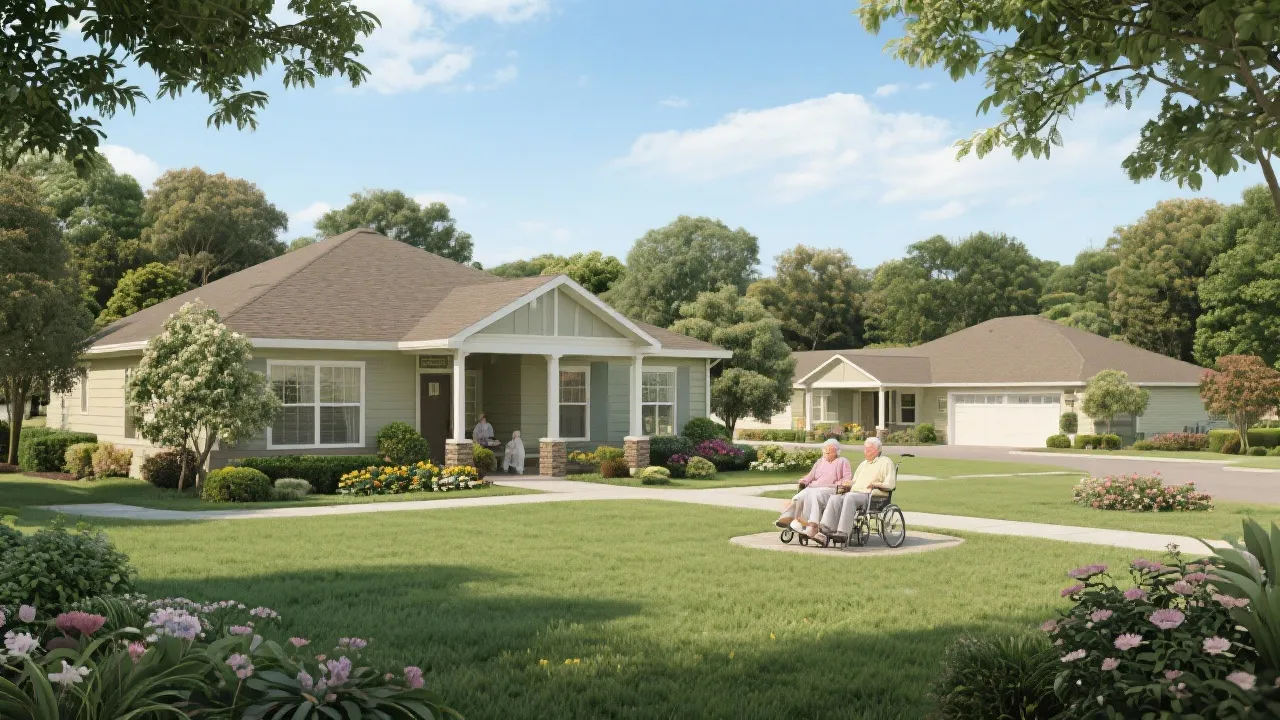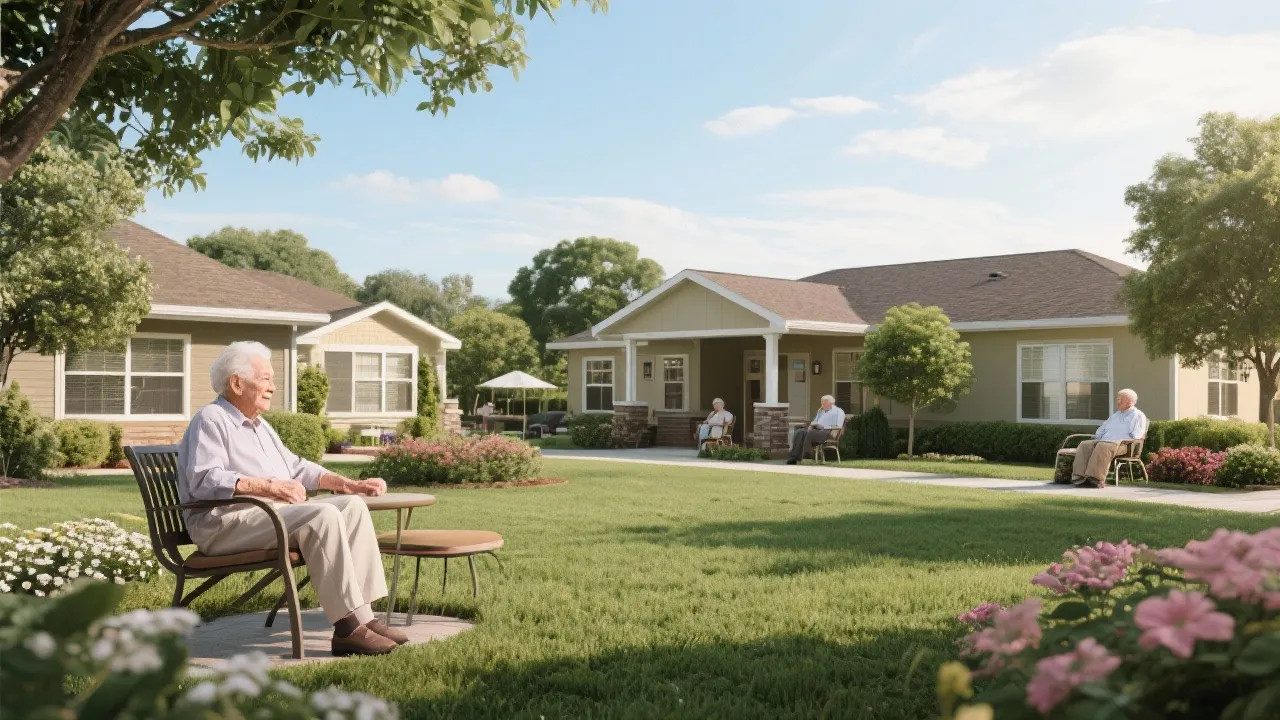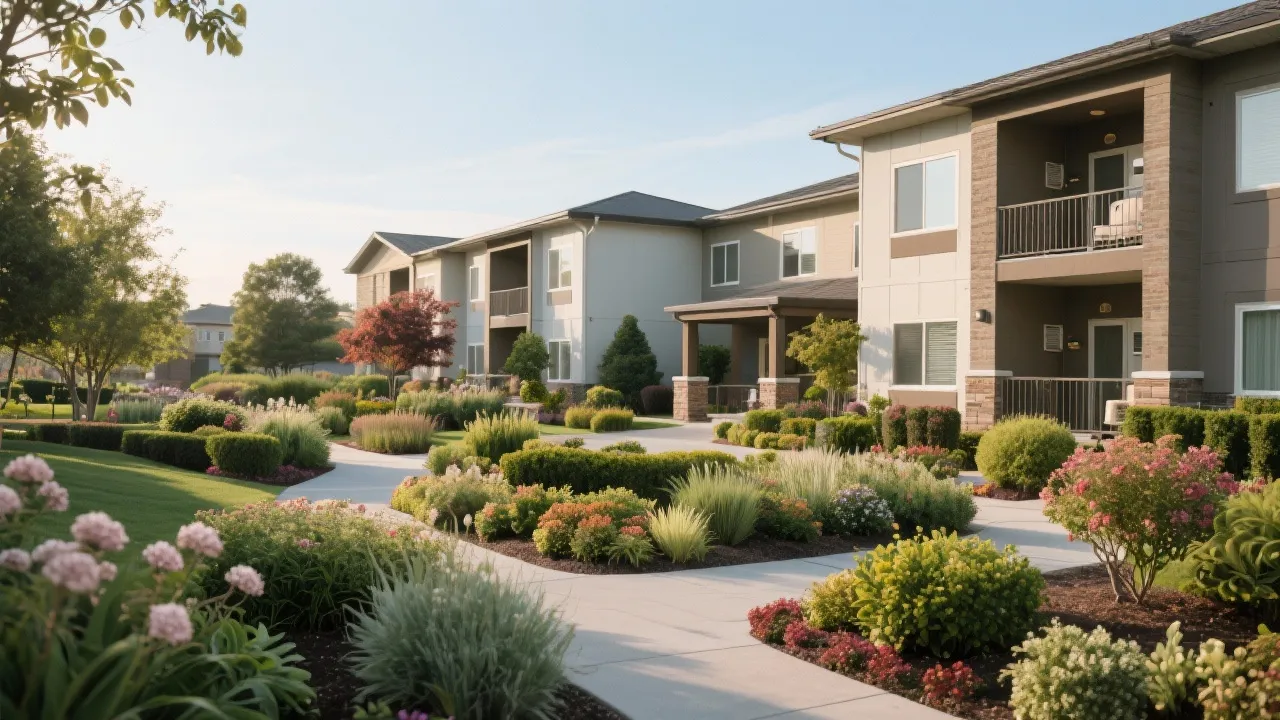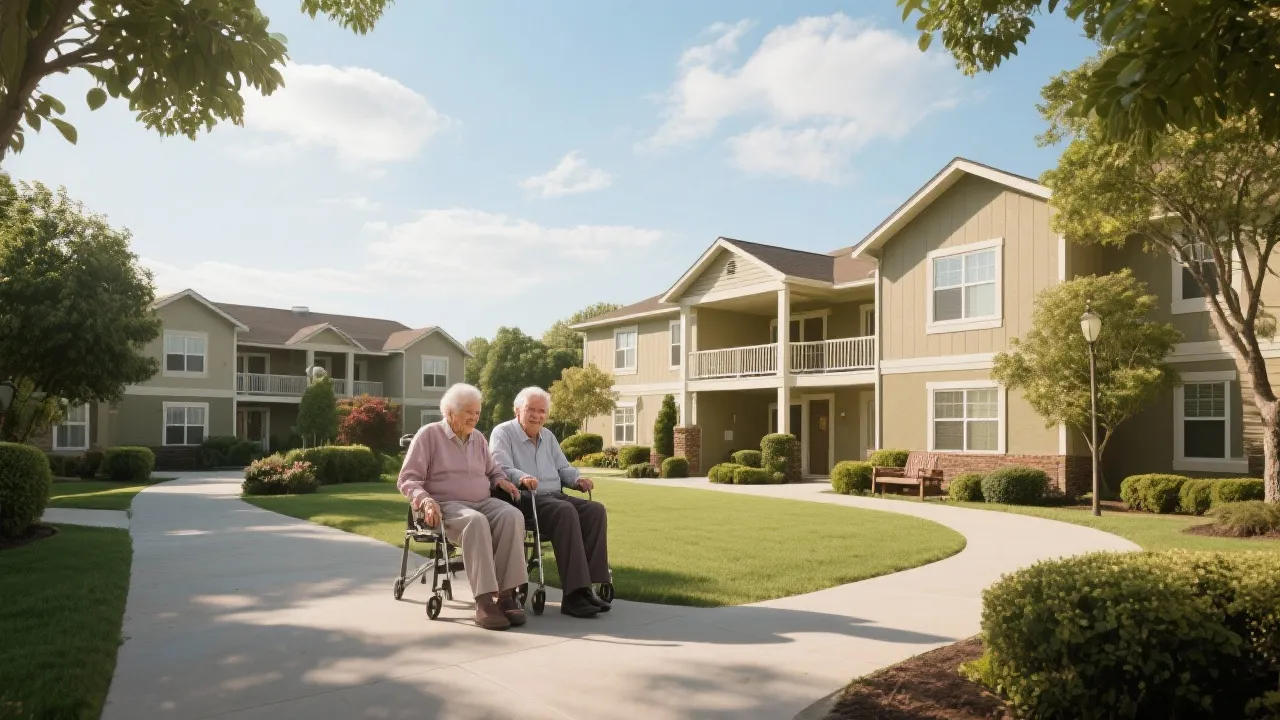Finding Affordable Senior Living Nearby
This comprehensive guide explores income-based senior living options nearby, providing vital insights for those seeking affordable rentals. Senior living communities, specifically designed for individuals over the age of 55, offer varied levels of assistance, ranging from independent living to more comprehensive care services. Discover resources, tips, and pricing to make informed decisions on selecting and transitioning into senior living communities.
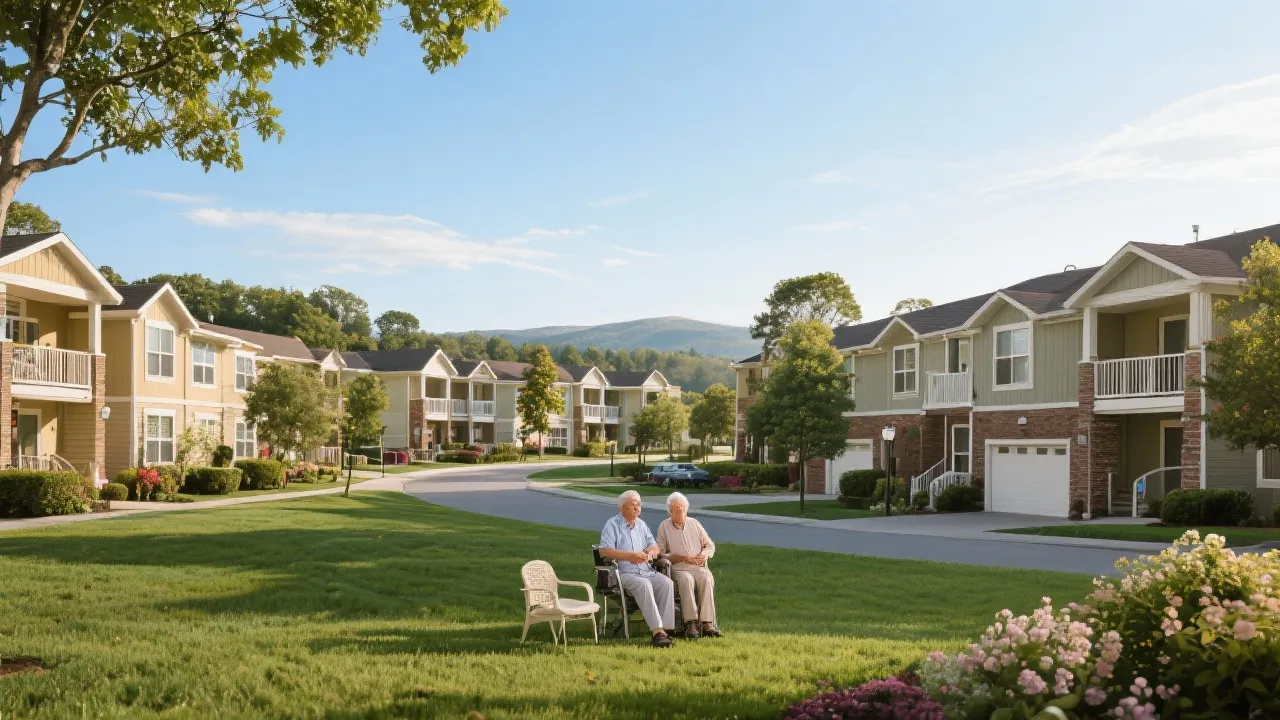
Understanding Income-Based Senior Living
The demand for income-based senior living is accelerating as the senior population continues to grow. These living arrangements cater to seniors who require housing options within a limited budget, allowing them to maintain their independence while ensuring they have access to necessary care and community support. According to the U.S. Census Bureau, the number of individuals aged 65 and older is projected to reach over 95 million by 2060, doubling from 52 million in 2018. This demographic shift highlights the urgent need for affordable senior housing solutions, as many seniors find themselves on fixed incomes after retirement.
Income-based senior living arrangements can include a variety of options, each designed to meet a diverse array of financial and care requirements. The system typically incorporates tiered pricing structures based on income levels, ensuring that those who need assistance aren’t priced out of housing choices. This structure requires a comprehensive understanding of local and federal programs offering financial aid, subsidies, or rental assistance, which may significantly ease the burden of housing costs. Enhanced awareness and access to these resources are vital for seniors and their families as they make key housing decisions.
Navigating Senior Living Options Nearby
Determining the appropriate senior living option involves understanding the distinction between housing types and their corresponding amenities and care levels. The main categories include independent living, assisted living, and memory care facilities. Each serves distinct needs, whether autonomy with minimal assistance or environments specially equipped for cognitive impairments. Additionally, some communities may offer continuing care retirement communities (CCRCs), which allow for a continuum of care as health needs change over time.
1. **Independent Living:** Typically designed for seniors who are largely self-sufficient but may appreciate a community atmosphere for socializing and support. These housing options often include apartments or cottages situated within a community setting with amenities such as gardening, fitness centers, and organized activities.
2. **Assisted Living:** This option is tailored for seniors who require assistance with daily activities such as bathing, dressing, or medication management. Facilities provide specialized care, which can range from 24-hour supervision to individual health support, depending on the needs of the residents. Many assisted living facilities also offer social and recreational activities, helping to engage residents and foster community.
3. **Memory Care:** Designated for individuals with Alzheimer’s disease or other forms of dementia, memory care facilities feature secure environments and specialized programming that emphasizes safety while promoting cognitive engagement. Staff in these facilities are typically trained to handle the unique challenges associated with memory loss, providing tailored support for their residents.
4. **Continuing Care Retirement Communities (CCRCs):** These comprehensive facilities allow seniors to transition between different levels of care as their needs change— from independent living to assisted living or memory care. One significant benefit of CCRCs is the peace of mind they afford residents and their families, knowing that care will be available as needed without the hassle of relocating to a different facility.
Insights from Senior Living Resources
To assist in navigating senior living options, various organizations provide comprehensive guides and directories. Resources are tailored to address the different needs of seniors and their families, ushering them through the complex maze of options available. Some helpful organizations include:
| Organization | Resources Offered |
|---|---|
| AARP (American Association of Retired Persons) | Guides and resources on independent living, assisted living, and active adult communities. Visit AARP |
| SeniorLiving.org | A comprehensive directory of senior living communities, offering insights into pricing, care types, and amenities. Visit SeniorLiving.org |
| National Senior Citizens Law Center (NSCLC) | Advocacy for seniors' rights, along with housing and care resources. Visit NSCLC |
| National Association of Senior Move Managers (NASMM) | Connections to certified move managers aiding transitions into senior communities. Visit NASMM |
These resources offer various tools and information ranging from checklists to virtual tours of facilities, helping seniors and caregivers navigate the selection process effectively. Furthermore, many organizations also provide insights into legal rights concerning housing and care, ensuring that seniors are well-informed and can advocate for their needs throughout their journey.
Finding Affordable Options Nearby
When seeking affordable senior living options, the internet has become an invaluable tool. A variety of dedicated websites can help in exploring the landscape of senior housing while allowing potential residents to filter results based on specific criteria such as budget and location. Here are some effective strategies:
- Utilize Online Directories: Websites like SeniorLiving.org, AARP, and state-specific housing authorities can assist in finding budget-friendly options in your area. These platforms allow users to search according to income-based criteria, facilitating access to suitable residences.
- Engage with Community Resources: Local aging services and senior centers can provide pertinent information on affordable housing, often tailored to those with specific financial constraints. They may offer additional services such as financial counseling or workshops on elder care.
- Explore Federal and State Programs: Various government initiatives provide financial assistance or even subsidized housing options. The U.S. Department of Housing and Urban Development (HUD) plays a significant role in this, offering programs specifically designed for low-income elderly individuals. Understanding these programs can substantially ease financial strain.
Additionally, community non-profits often partner with local businesses and governmental agencies to provide affordable housing solutions for seniors. This collaborative approach helps in addressing the housing crisis while ensuring that resources are used effectively to benefit those in need.
It's also crucial to visit potential communities in person whenever possible. This allows seniors to get a sense of the environment, interact with staff, and gauge the community feel. Many facilities provide trial stays or short-term accommodations, giving prospective residents the opportunity to experience living in the community before making a long-term commitment.
Cost Considerations in English-Speaking Countries
The cost of rental units in senior living communities varies widely by location, influenced by the local economy, demand for housing, and the level of care provided. Understanding these variations can aid in making informed decisions regarding financial planning. Here are some general cost outlines for a few different countries:
| Country | City Type | Price Range (Monthly) |
|---|---|---|
| United States | Large Cities (e.g., New York, San Francisco) | $2,000 - $4,000 |
| United States | Smaller Cities | $1,000 - $2,000 |
| United Kingdom | Large Cities (e.g., London) | £1,500 - £3,000 |
| United Kingdom | Smaller Cities | £800 - £1,500 |
| Australia | Large Cities (e.g., Sydney, Melbourne) | AUD 2,000 - AUD 3,500 |
| Australia | Smaller Cities | AUD 1,200 - AUD 2,000 |
When evaluating these options, it is also essential to consider additional expenses that may not be included in the base price, such as amenities, meals, and healthcare services. Many facilities offer package deals that encompass these extras, yet it’s vital for seniors and their families to have a clear understanding of what is included in pricing to avoid unexpected fees later. Transparent discussions with prospective communities can yield invaluable insights into these matters, thus ensuring sound financial planning.
FAQs
What is the first step in finding income-based senior living?
Start by assessing your financial constraints and care requirements, then explore resources like AARP or SeniorLiving.org for guidance. Consider creating a list of essential features you desire in a community, such as proximity to family, types of available services, and any specific personalized care needs.
Are there benefits to choosing a community over solitary living?
Yes, senior communities offer increased socialization, consistent care, and amenities tailored to seniors, enhancing lifestyle and health. Engaging with peers in a supportive environment can combat feelings of isolation, contributing positively to mental well-being.
Are there programs that assist with the transition into senior living?
Several non-profit organizations offer transition programs for seniors, such as NASMM, which connects prospective residents with certified move managers. These professionals can assist with downsizing, organizing moving logistics, and adjusting to new community life, which can be particularly beneficial in easing these transitions.
What if my income exceeds the limits for income-based housing?
If your income exceeds the threshold for income-based housing options, you may still find affordable alternatives. Consider smaller communities, independent living facilities, or actively researching various levels of subsidized programs that may accommodate a wider range of income levels. Seeking assistance from local aging services can also offer additional insight into available options.
Conclusion
Income-based senior living options near you can empower aging adults to enjoy their golden years with the appropriate balance of independence and support. By leveraging available resources and assessing costs wisely, you can make informed decisions that align with both personal and financial circumstances. Remember, finding the right place is not solely about cost; it’s also about ensuring quality of life and fostering a supportive community. As you embark on this journey, consider the diverse array of options and the unique benefits each one can offer to enhance your lifestyle in the later years of life.
The conversation surrounding senior living options is evolving, emphasizing not just affordability and financial considerations, but also the quality of life and the overall well-being of seniors. Bringing awareness to available resources, advocating for fair housing policies, and encouraging community engagement can significantly impact the lives of seniors today and in the future. As we continue to explore innovative housing solutions, the most vital factor remains the fact that seniors should feel valued and supported in their quest for a fulfilling lifestyle, regardless of their financial situation.
Disclaimer: The information provided above is based on online sources as of October 2023. For more detailed information and current data, please refer to the official websites provided.





